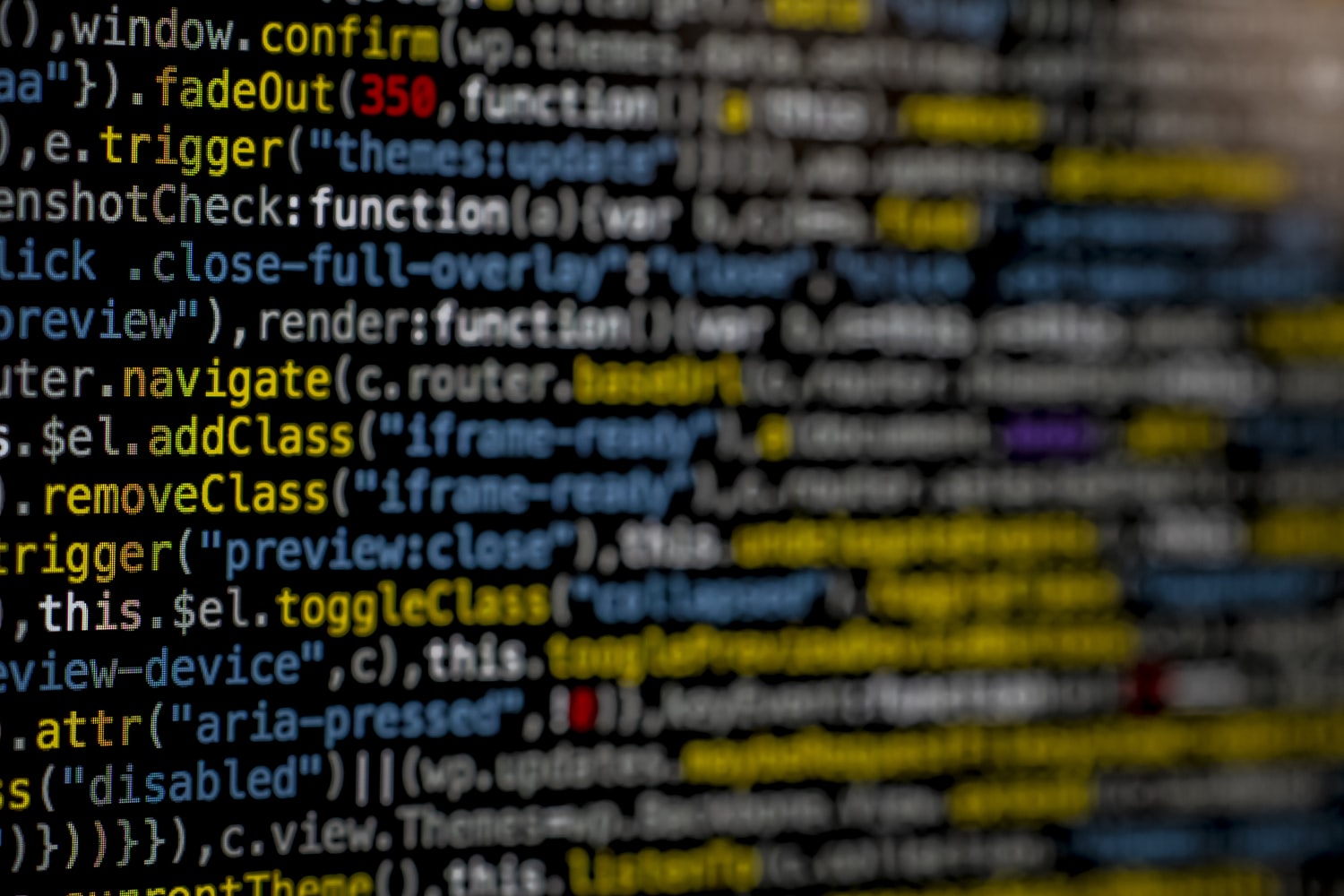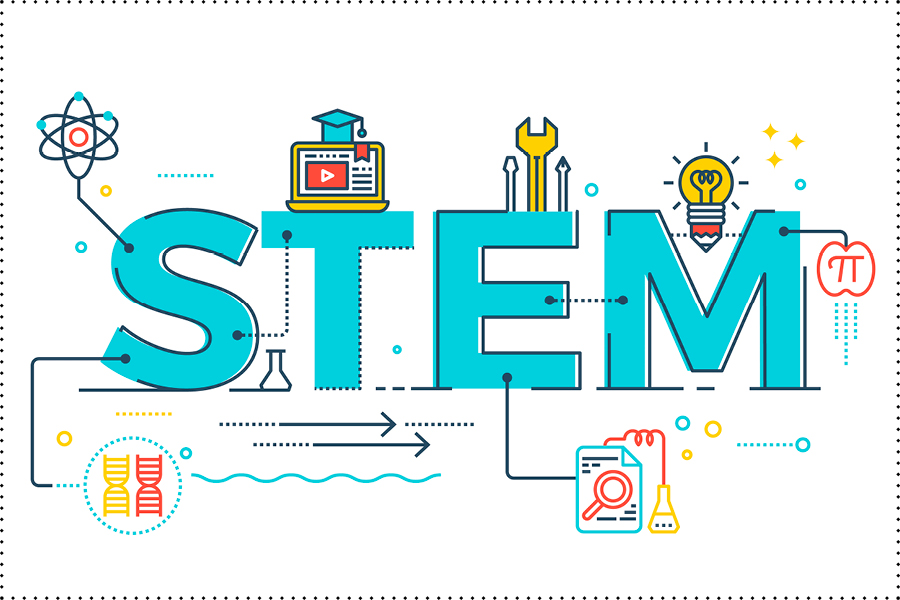
A strong defense against ransomware and other forms of cyberattack is critical for the efficient operation and delivery our nation’s computer, infrastructure, and communications services and networks. Our reports explain the importance of increasing the usability of security technologies, recommend strategies for future research aimed at countering cyberattacks, and consider how information technology systems can be used to maximize protection against attacks and respond to threats. All are free to read or download.

Electric power is a critical infrastructure that is vital to the U.S. economy and national security. Today, the nation’s electric power infrastructure is threatened by malicious attacks, accidents, and failures, as well as disruptive natural events. As the electric grid evolves and becomes …[more]

Update of Security 101: A Physical Security and Cybersecurity Primer for Transportation Agencies
Since 2009, when NCHRP’s last Security 101 report was released, there have been significant advances in transportation security approaches, including new strategies, programs, and ways of doing business that have increased the security of …[more]

Developing a Physical and Cyber Security Primer for Transportation Agencies
Small events pose threats of great consequences since the impact of any incident is magnified when a transportation network is operating at or past its capacity—as is the case in portions of many states as travel demand on their transportation networks grows.
The TRB National …[more]

Foundational Cybersecurity Research: Improving Science, Engineering, and Institutions
Attaining meaningful cybersecurity presents a broad societal challenge. Its complexity and the range of systems and sectors in which it is needed mean that successful approaches are necessarily multifaceted. Moreover, cybersecurity is a dynamic process involving human attackers who continue to …[more]

A 21st Century Cyber-Physical Systems Education
Cyber-physical systems (CPS) are “engineered systems that are built from, and depend upon, the seamless integration of computational algorithms and physical components.” CPS can be small and closed, such as an artificial pancreas, or very large, complex, and interconnected, such as a regional …[more]

Protection of Transportation Infrastructure from Cyber Attacks: A Primer
TRB’s Protection of Transportation Infrastructure from Cyber Attacks: A Primer provides transportation organizations with reference materials concerning cybersecurity concepts, guidelines, definitions, and standards. The primer is a joint product of two TRB Cooperative Research Programs, and is …[more]

Protection of Transportation Infrastructure from Cyber Attacks: A Primer
TRB’s Protection of Transportation Infrastructure from Cyber Attacks: A Primer provides transportation organizations with reference materials concerning cybersecurity concepts, guidelines, definitions, and standards. The primer is a joint product of two TRB Cooperative Research Programs, and is …[more]

Individuals, businesses, governments, and society at large have tied their future to information technologies, and activities carried out in cyberspace have become integral to daily life. Yet these activities – many of them drivers of economic development – are under constant attack from …[more]

At the Nexus of Cybersecurity and Public Policy: Some Basic Concepts and Issues
We depend on information and information technology (IT) to make many of our day-to-day tasks easier and more convenient. Computers play key roles in transportation, health care, banking, and energy. Businesses use IT for payroll and accounting, inventory and sales, and research and development. …[more]

Technology, Policy, Law, and Ethics Regarding U.S. Acquisition and Use of Cyberattack Capabilities
The United States is increasingly dependent on information and information technology for both civilian and military purposes, as are many other nations. Although there is a substantial literature on the potential impact of a cyberattack on the societal infrastructure of the United States, …[more]














































































































